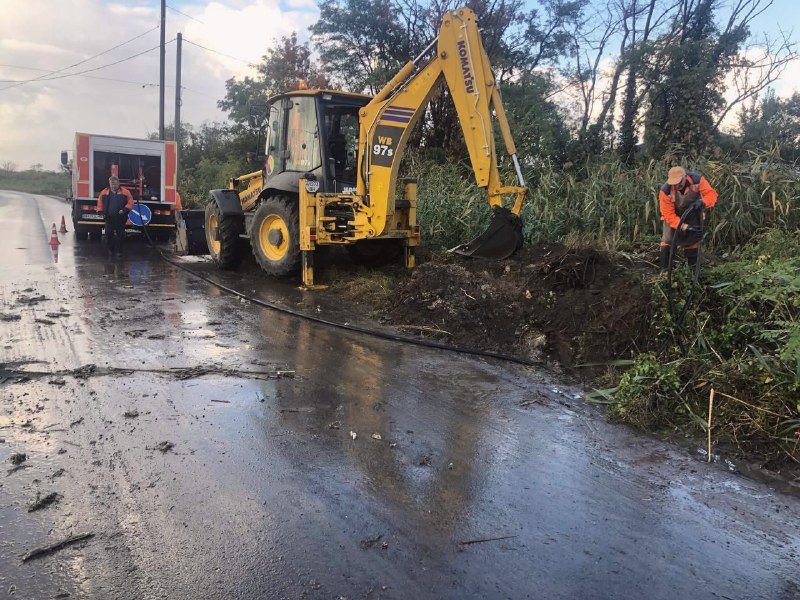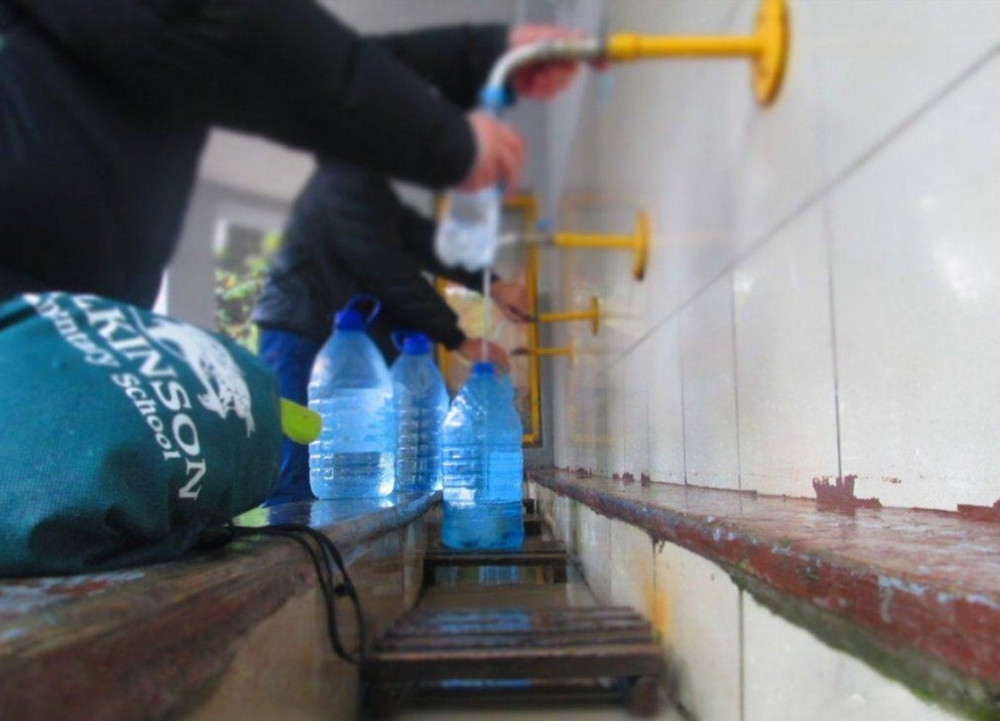In Odessa, near the Duke monument on Primorsky Boulevard, archaeological excavations have resumed. The work involves students from the South Ukrainian National Pedagogical University and staff from the Institute of Archaeology of the National Academy of Sciences of Ukraine.
According to a correspondent from Ukrinform, the rector of the South Ukrainian National Pedagogical University, Andriy Krasnozhon, stated that ground-penetrating radar studies conducted in 2021 revealed an anomaly unrelated to modern communications. Follow-up studies in spring 2025 confirmed these findings.
“We now know exactly what lies beneath the Duke. Underneath are cultural layers dating back 2500 years. These remnants are from the ancient Greek colony of Histrian Haven, established in the 6th century BC, lasting for about 300-400 years. We have confirmed that here at the base of the Duke are layers from the 5th century BC,” Krasnozhon explained.
During the excavation, the team discovered several utility pits and numerous fragments of plaster, indicating the presence of residential areas during ancient Greek times.
No excavations had previously taken place in the semi-circular square area.
“We discovered that ancient Greeks were living near the Vorontsov Palace. In the northern part of Primorsky Boulevard, we found no Greek layers, yet they suddenly appear robustly near the Duke monument. Most likely, a ravine existed here, serving as a natural barrier for the Greek settlement that occupied the southern part of Primorsky Boulevard up to the Pushkin monument,” Krasnozhon noted.
Archaeologists also uncovered a unique fragment of red-glazed pottery from the Roman period. Krasnozhon emphasized that this is the first find of its kind after decades of research on the 'Primorsky Boulevard' site.
“It was previously believed that an ancient Greek settlement existed in the area of Odessa in the V-III centuries BC. Now, for the first time, we are documenting signs of possible human presence during the Roman Empire,” the historian remarked.
The discovery of a significant amount of XIV-century material also surprised researchers, including a distinctive fragment of a cup with geometric patterns.
“This indicates that there was a trading post here. Imported goods could only arrive by sea. It was probably the Italian factor of Ginistra. This finding also reinforces the notion that we should not be concerned with how many years Odessa has existed. Each shovel turn provides new dates,” Krasnozhon added.
The excavation also revealed the remains of a civil structure made of heavy stone blocks.
“We know that somewhere here stood the stone fortress of Khadjibey. I can say with high probability that these blocks were moved during the dismantling of the fortress. The stones weigh between 40-60 kg and have dressed edges. One resembles the top of a column turned upside down. This material is used for building fortifications. With this masonry, we also found the red-glazed pottery. There are ongoing debates about where the fortress was and who built it. In the context of these moved stones and the XIV-century pottery fragment, this is a certain hint,” Krasnozhon said.
The team plans to start new excavations on Primorsky Boulevard within a week.














